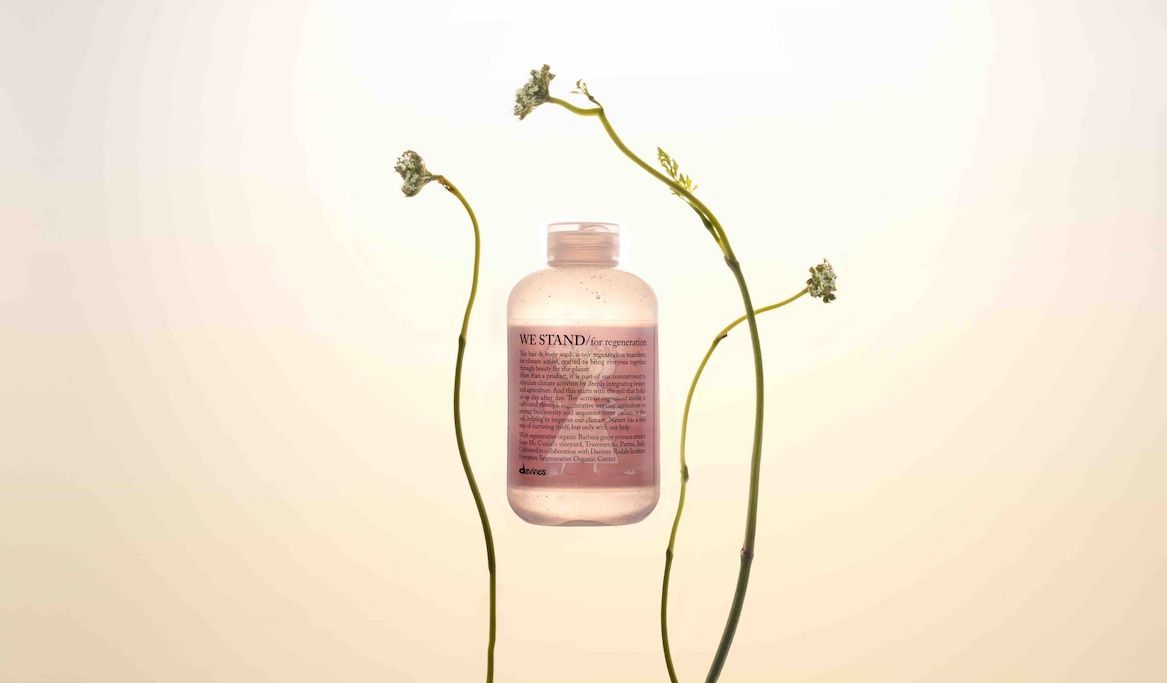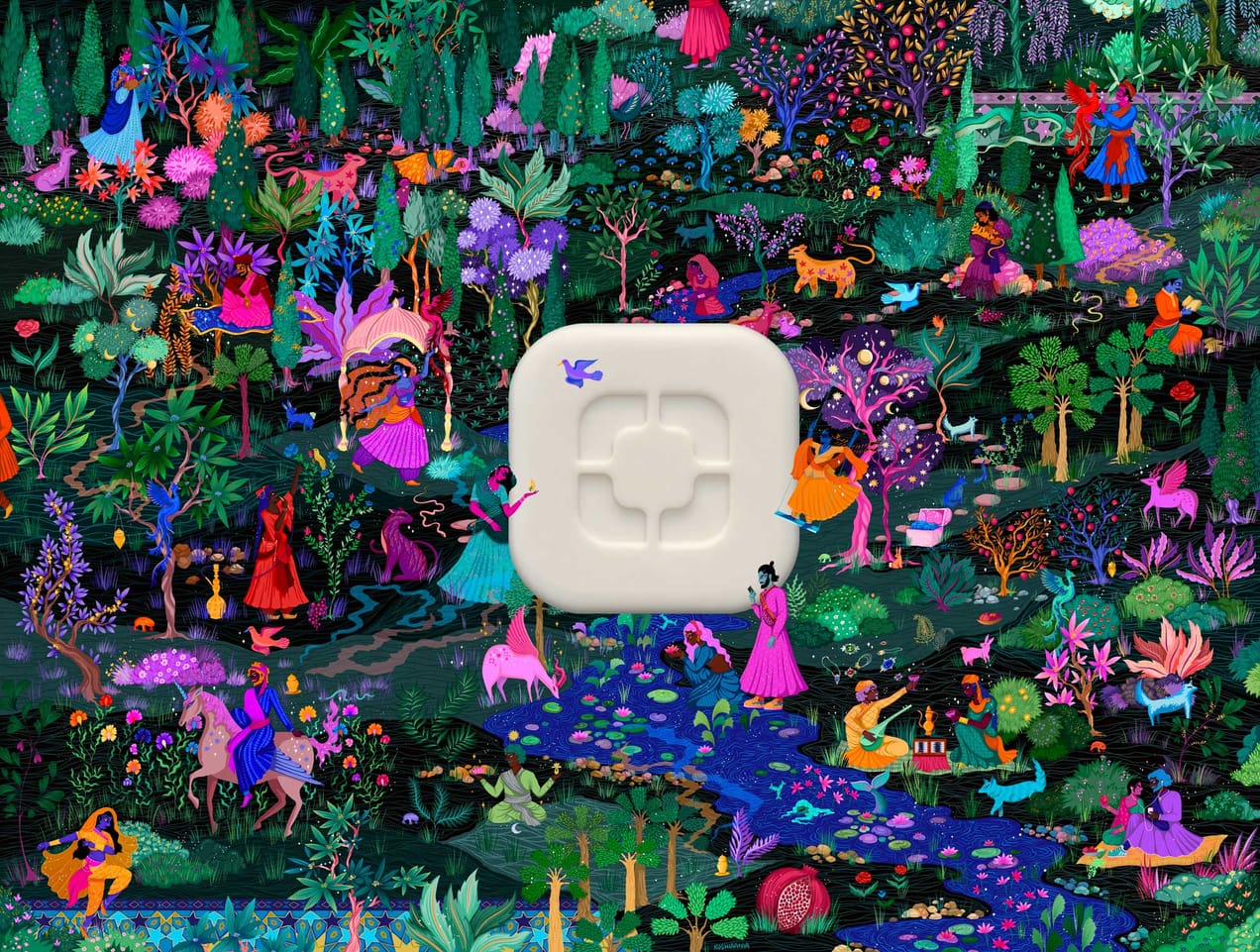
40 years in the making. How DAVINES sustainability vision is taking shape.
We were lucky to visit the Davines headquarters in 2022, and were impressed by the true sustainable commitments of the haircare brand, and thought it was worth giving our members a bit of information as a case study, for best-in-class sustainable beauty.
Davines, is the company that has the words “ sustainable beauty ” written under its logo, and it’s not an opportunistic statement but a true commitment. The company was created in 1983 by the Bollati family who were then contract manufacturers for hair care brands, and the Davines brand was launched in 1993 for the professional haircare market. The vision from the start was to focus on aesthetics and ethics and build a business that would care for people's inner and outer wellbeing.
A village not headquarters
In 2018, Davines opened its new headquarters in Parma, Italy. The vision for the “Village” came about 30 years ago, in the 90s, and the land was even acquired about 20 years ago, but the idea was so ambitious that the Davines owner knew he couldn’t give it life until the business had a substantial size to absorb its cost.
The village comprises offices, training rooms for hairdressers and aestheticians (for the sister brand Comfort Zone), and also a central greenhouse that hosts the bistrot and restaurant. The structure is also home to a Research & Development laboratory, a production facility as well as a warehouse. So everything is under one roof. Davines Village currently hosts 480 people , while worldwide the staff members are about 900.

“The complex is designed to express the maximum architectural transparency and it allows views of green spaces from every working area,” explains the brands, “and it has been built as the archetypes of traditional Italian houses in a contemporary way”, reflecting again the aesthetics with ethics values of the business through a focus on wellbeing.
Scientific Garden
Within a short walk from the main building, staff members and visitors can access the scientific garden where the research gets inspired, studies and investigates the properties of plants, new essences and ingredients at the base of the professional formulas created in the Davines Group laboratories.
The design of the Scientific Garden draws inspiration both from the Emilia region rural landscape surrounding the company, and from the sixteenth century geometry of the Garden of Simples of Padua (UNESCO World Heritage). The garden geometry - a circular plan with an inscribed square - is reminiscent of the Vitruvian Man and subdivides sections dedicated to different botanical types.

Plants are a selection of the scientific properties useful to Davines Research and Development laboratory or to the wellbeing of staff. It includes aromatic or medicinal plants as well as tinted and odorant plants ( Basil, Echinacea, Agastache Mexicana, Boscobel, Darcey Bussel for instance), with an outdoor space and indoor greenhouse for tropical plants.
From regenerative agriculture to a green kilometre
Here again Davines thought about it before it was a thing. Regeneration. They have built the first International Regenerative Organic Research & Education Center in Parma.
They are converting 16 hectares into regenerative farming and creating a research and educational hub. This is both beneficial to the local and international community and to their own research. Would it be the entry to the Symbiocene era in Europe?
They have indeed partnered with the Rodale Institute, leaders of the regenerative organic movement, an organisation credited with coining the term “regenerative organic” in the 1980s. Regenerative organic farming has in fact the potential to sequester carbon, mitigate climate change, promote biodiversity, and protect our soil, air, and water.
Called the KilometroVerdeParma, is the initiative that creates permanent green areas and woods in Parma and its province. Born in 2015 the idea was to create a tree-lined corridor along the 11 kilometres of the A1 motorway that crosses Parma to redevelop the environment surrounding the motorway. The initiative goes now beyond Davines land and local farmers and landowner have furthered the development of the green areas thus creating a local Forestry Consortium to manage the project (not-for-profit organisation).
In conclusion
Davines was born in the 1990s and sustainability was at the core of their business model. It shows us that genuine action should be ingrained within the company ethos.
True sustainability starts with purpose!
What is your brand here to achieve?
The company is now B- Corp certified and has even been recognised Best for the World 2022 by B-Corp company.
We would recommend you to follow this company to find inspiration for your sustainable initiatives.
Sources:

